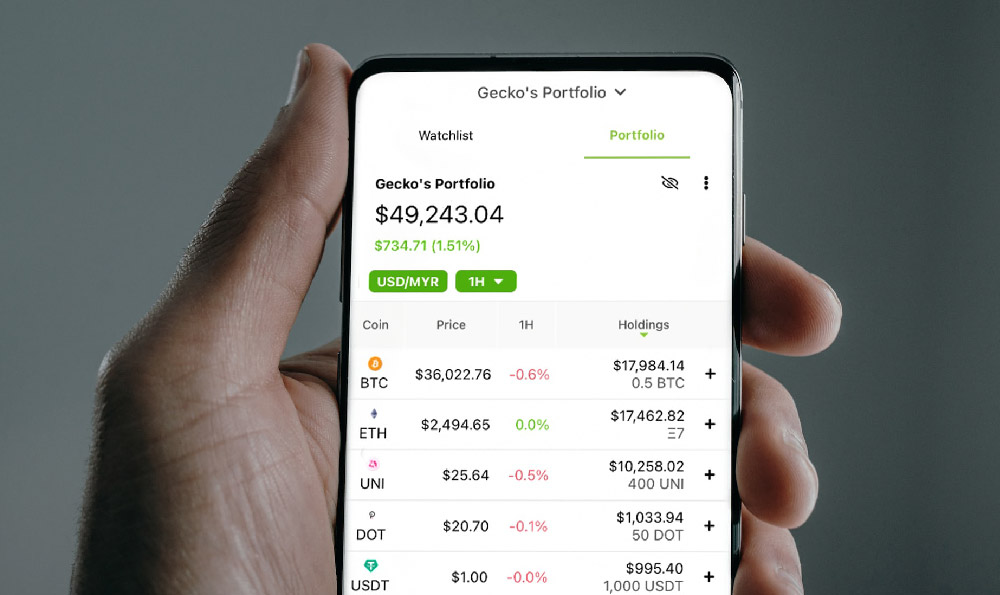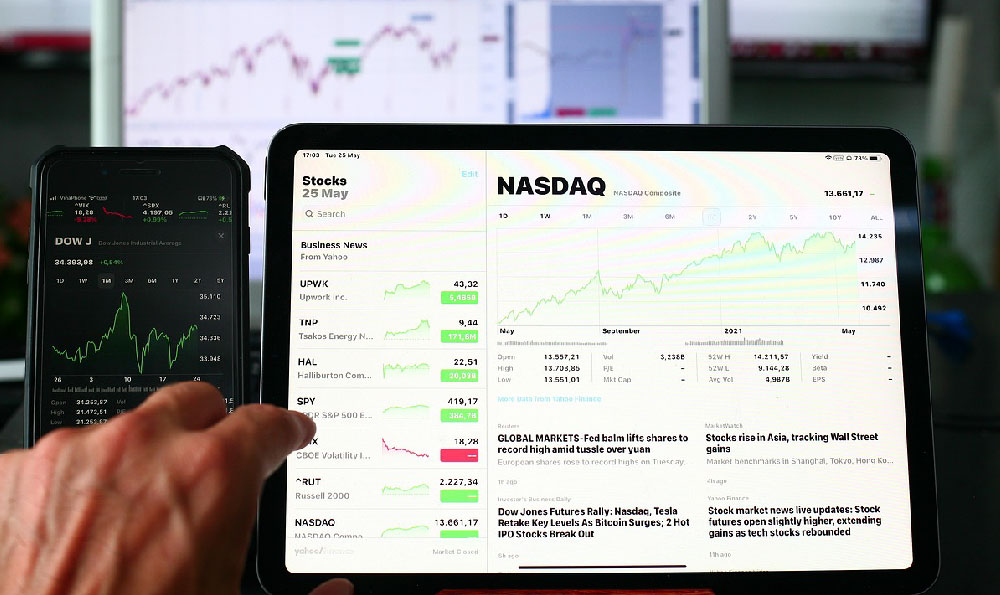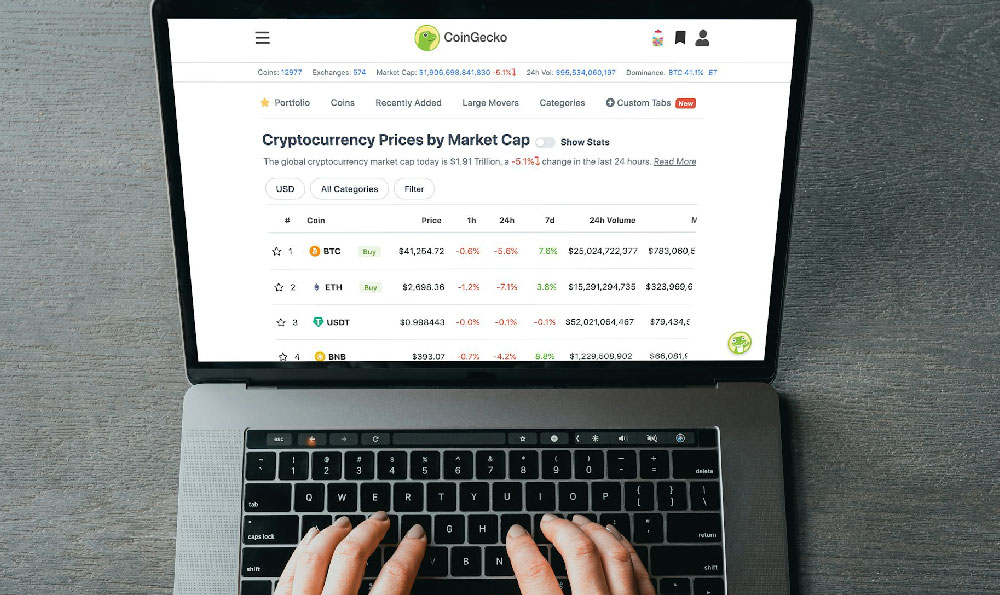Unlocking the Potential of YouTube Monetization: A Strategic Approach to Sustainable Income
YouTube has emerged as a powerful platform for content creators to monetize their passion and expertise, offering a unique blend of audience engagement and revenue generation. While the prospect of earning income from video content can be enticing, it requires a nuanced understanding of the ecosystem that governs ad revenue, subscription models, and sponsored opportunities. Success on YouTube is not solely dependent on the number of views or followers a channel accumulates, but rather on the strategic alignment of content quality, audience retention, and platform algorithm dynamics. By examining the financial mechanics of monetization and the factors that influence earning potential, creators can navigate this landscape with greater clarity and foresight.
At the core of YouTube's monetization framework lies the YouTube Partner Program (YPP), which enables creators to earn revenue through ad placements once they meet certain criteria. Monetization is triggered when a channel achieves 1,000 subscribers and 4,000 watch hours in the past 12 months, opening the door to a range of income streams. These include ad revenue, which is generated through the insertion of pre-roll, mid-roll, and post-roll ads into videos; channel memberships, where fans pay a recurring fee for exclusive access; Super Chat, which allows viewers to purchase highlighted messages during live streams; and merchandise sales, which leverage the brand equity of a channel. Additionally, creators can explore affiliate marketing, sponsored content, and brand partnerships, which offer alternative pathways to monetization beyond the platform's direct revenue-sharing model.

The amount a creator can generate from YouTube videos is influenced by a combination of variables. Ad revenue, the most common income source, is calculated based on the number of watch hours, the type of ads displayed, and the cost per thousand impressions (CPM) negotiated with advertisers. CPM rates vary significantly depending on the niche, the geographic location of the audience, and the level of engagement observed in the video. For instance, educational content or tutorials often command higher CPMs than entertainment videos, as they are perceived to offer greater value to advertisers. Moreover, the length of a video plays a pivotal role in ad revenue, as longer videos provide more opportunities for ad placements, though they also require more time and resources to produce. A 10-minute video may generate more income than a 3-minute one, assuming all other factors remain constant.
Beyond ad revenue, the sustained growth of a YouTube channel depends on the creator's ability to cultivate a loyal audience. High viewer retention rates, evidenced by longer watch times and frequent revisits, signal to YouTube's algorithm that the content is valuable, which in turn increases the visibility of the channel in search results and recommendations. Creators who focus on producing consistent, high-quality content with a clear niche topic tend to achieve better audience engagement and more predictable revenue streams. The inclusion of strategic calls to action, such as encouraging subscribers to like, comment, or share the video, can also enhance engagement metrics, which are crucial for eligibility to monetization programs and for optimizing revenue potential.
However, the financial viability of YouTube monetization is not without its challenges. The platform's algorithm is constantly evolving, favoring content that aligns with its content policies and community guidelines. Creators must stay vigilant about potential pitfalls, such as violating YouTube's monetization rules, which can lead to the suspension of revenue accounts. Cybersecurity threats, such as unauthorized access to account credentials or phishing attempts, pose another layer of risk, underscoring the importance of robust security practices. Additionally, the competitive nature of the platform means that creators must continuously innovate their content strategies to maintain relevance and avoid stagnation.
YouTube monetization can also serve as an extension of broader investment strategies. For instance, creators who allocate a portion of their earnings into diversified investments—such as cryptocurrency, stock markets, or real estate—can leverage their YouTube income to build a passive financial portfolio. This approach not only maximizes returns but also introduces an element of financial stability, as revenue from multiple sources mitigates the risk of over-reliance on a single income stream. The integration of YouTube with other platforms, such as TikTok, Instagram, or podcasts, further expands the possibilities for cross-promotion and financial diversification.
Ultimately, the key to maximizing earnings from YouTube lies in a balance between innovation and consistency, audience focus and algorithm awareness, and risk management and long-term planning. By strategically analyzing market trends, optimizing content delivery, and maintaining a disciplined approach to monetization, creators can harness the full potential of this platform to achieve financial goals. The journey is not without its complexities, but with informed decisions and a proactive mindset, the path to sustainable income becomes both achievable and rewarding.












